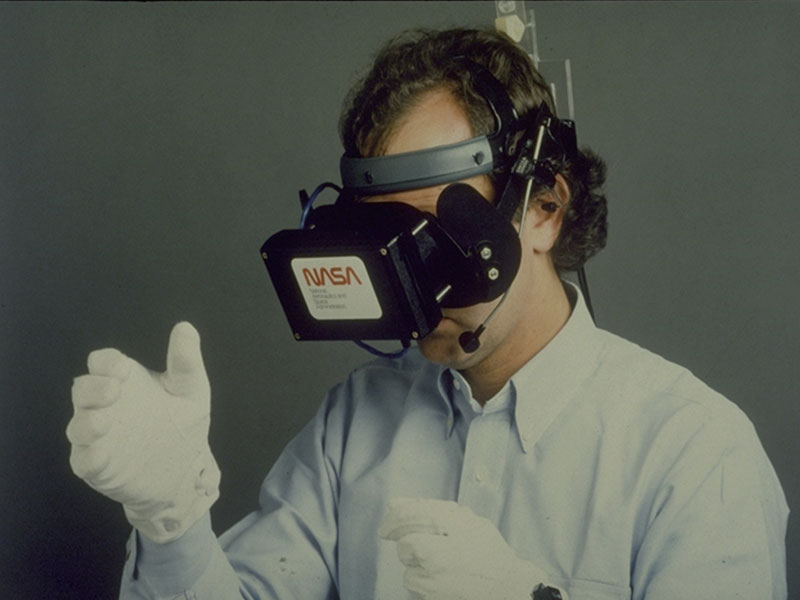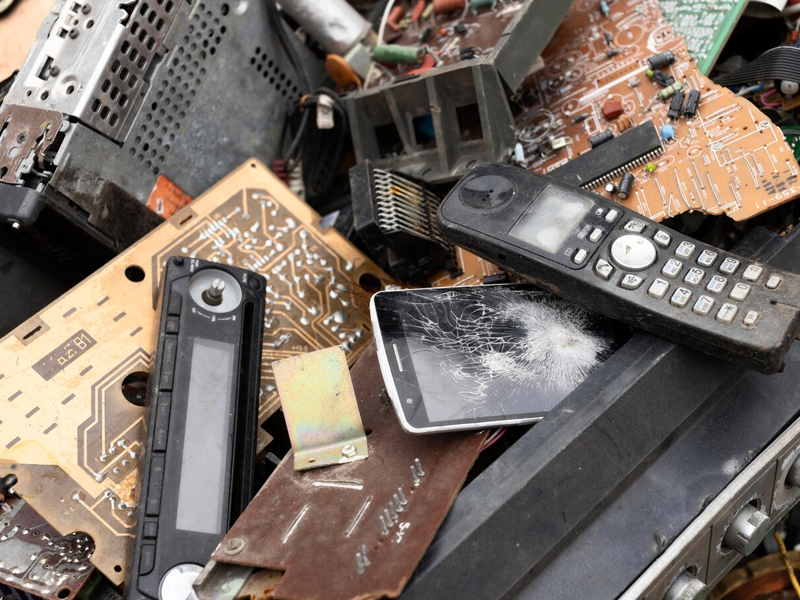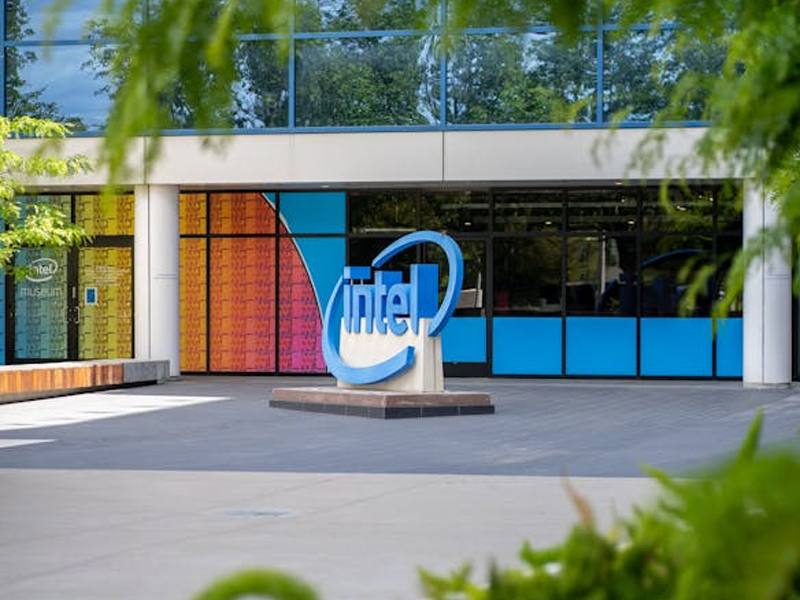
The First Virtual Visual Environment Display by NASA at CES
While looking back at some of path-breaking designs and technologies of the last century, the development of virtual reality seems one of the most striking and fantastic of them all. More so because of the excitement it created amongst the laymen of the society, far beyond the worlds of experts and innovators. Right from its inception as a theoretical possibility, Virtual Reality (VR) had found a space in popular culture. From movies to novels to video games, it has had considerable impact. Today, games like Oculus Rift gives us the feel of virtual reality. A very important cog in this link between theory and reality was provided by NASA in the 1980s, when they developed the Virtual Visual Environment Display (VIVED), the first device that could give a complete experience of VR. It was show-cased at the Consumer Electronic Show (CES) in 1986. For the first time, the technology was made available in the consumer market.
Prior to the VIVED, inventors like Morton Heilig and Ivan Sutherland had made important contributions to VR with the ‘Sensorama’ booth, the ‘Telesphere Mask’ and the proto-type of the VIVED helmet that could create a virtual environment by producing a 3D graphic simulation. As the viewer moved his/her head in the real world, the graphic 3D environment could adjust itself accordingly. The Term “Virtual Reality” was coined by Jaron Lanier and it became popular in the field of technology. By 1980s, NASA stepped up to the task and the first research project had begun in 1985 under the auspices of Michael McGreevy.
The VIVED device consisted of a helmet which had two monochromatic LCD screens on its visor. The screen, with a medium of resolution of 2.7 inch, could create a 120 degree virtual environment around the viewer. There was a sensor to track head-motion as close to real time as possible and the field of view would change with each motion. Surround sound was also used to give the VR a real-life feel. It could register and recognise the voice of the viewer so as to take command. The total cost of the device was around $2000.
Despite the craze for VR devices in the consumer market, NASA’s primary target was to apply the technology in Telerobotics, especially with regard to controlling astronautic devices in space and performing similar tasks. In 1991, Antonio Medina, an MIT graduate, performed this task effectively when he controlled a robotic device sent to mars from earth itself. The term “Computer Simulated Teleoperation” has been coined for this technology and it is the future of VR. Further innovations like the motion sensing gloves and Eye Phone head-mounted display developed the design further. Since then, NASA has gone on to create a robonaut that can be controlled by astronauts using VIVED technology. The 2011 Robonaut 2 has piSight display with 6 million pixels and 166 degree panoramic view. VIVED also had considerable impact on popular cultures like video games and music. Hence, it can be claimed that the foundation was laid at the CES in 1986.
Image credit: http://www.warrenrobinett.com/nasa/





Don’t Trash Your Tech! Combating E-waste & Embracing Responsible Gadget Disposal
Mixed Signals: Decoding Intel’s Stock Slump Despite Earnings Beat
Beyond Likes and Followers: Exploring the Evolving Landscape of Social Media
Is TikTok Facing a US Ban? Decoding the New Law and Its Impact on Millions of Users